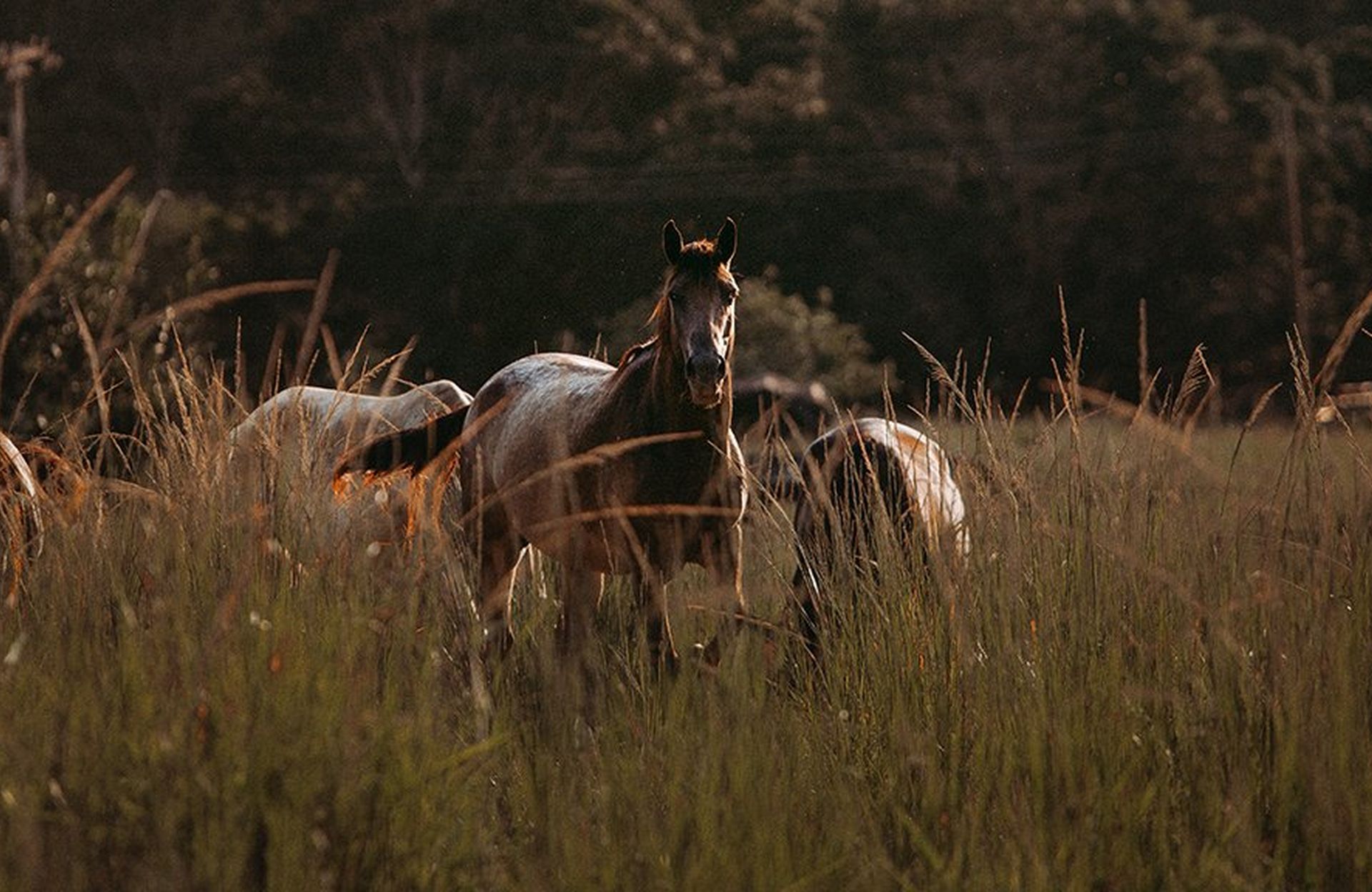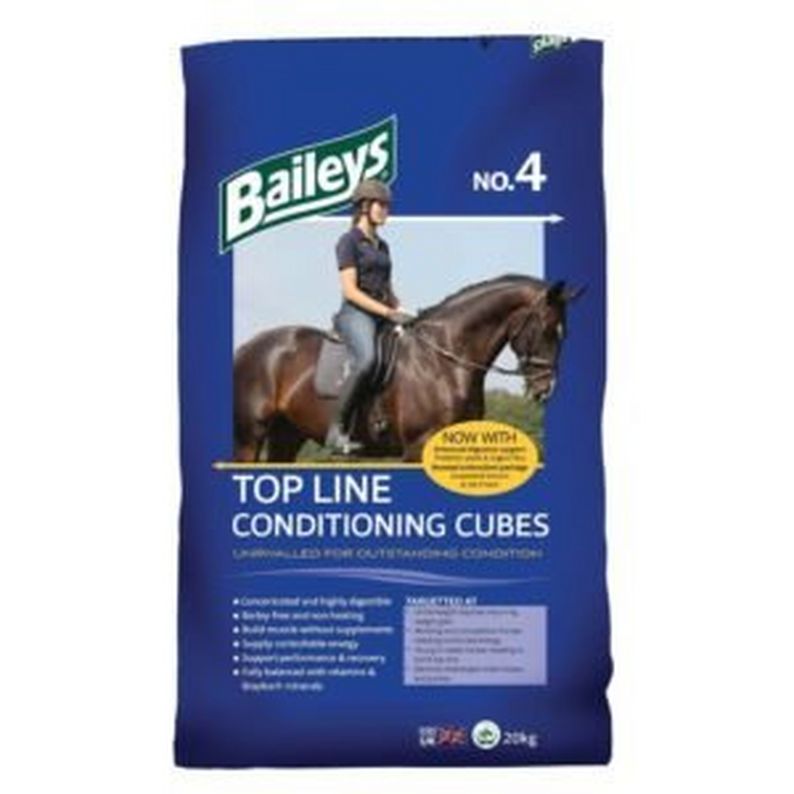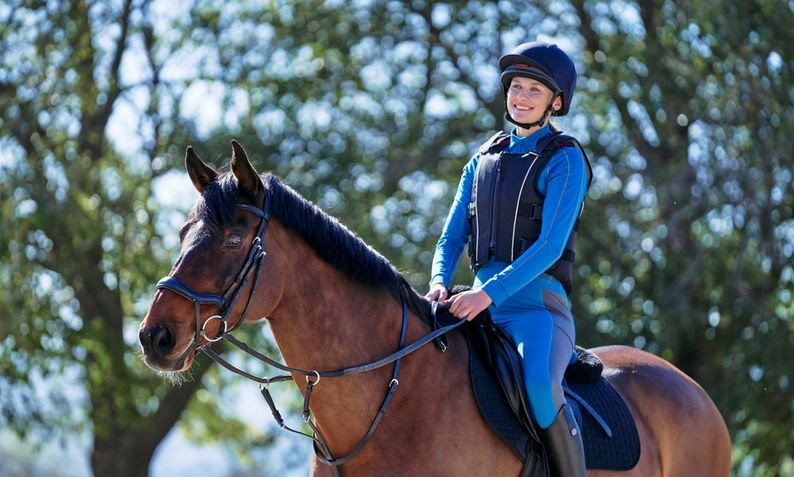
Understanding Feed Ingredients
Have you ever taken a look at the ingredients in your horses feed? If you have, there's a good chance that like us, you we're left feeling a little clueless. So, we've been hard at work finding out what ingredients you might find and why they're in there.
Fibre

As a horse owner it’s easy to forget that horses are herbivores designed to digest fibre. Over time they've evolved to survive on a diet of high fibre forage and water alone. The question is, do we really appreciate the importance of fibre in a modern day setting?
Did you know...
Two-thirds of your horses digestive system is designed to digest fibre through fermentation. Comparatively, just one-fifth is designed to process starch from cereals, oil and protein.
Fibre has two roles in your horses diet. Firstly, it’s made up of complex carbohydrates. This means that it provides energy when it is fermented by bacteria found in the horses hind gut. Secondly, it acts as a filler. Without enough fibre in your horses diet they are more susceptible to:-
Nutrient Deficiencies
The bacteria found in your horses stomach are also responsible for synthesising many vital vitamins including; vitamin B1, biotin and vitamin K. If your horse does not receive enough fibre in their diet they will be unable to produce these vitamins in the required amount.
Colic
Horses are grazers, they’re digestive system is designed to receive an almost constant intake of forage. If your horses fibre intake is low, this is likely a result of restricted forge. If the horses gastrointestinal tract is not receiving sufficient forage it's more likely to twist and move.
Diarrhoea
Undigested fibre forms the bulk of horse manure. As a result, horses with a low fibre intake are more likely to suffer from loose stools and diarrhoea.
Dehydration
Fibre found in the horses hind gut acts as a water reserve. Without this, if they sweat heavily or spend prolonged periods devoid of water they are more vulnerable to dehydration.
Gastric Ulcers
Often referred to a EGUS, Equine Gastric Ulcers Syndrome is generally a result of high starch, low fibre diets. Your horses stomach is designed to constantly release gastric acid, as it is needed for digestion. Fibre acts as a raft, this prevents stomach acid contacting the unprotected upper proportions of the stomach. Additionally, chewing high fibre feed types like hay generates saliva. When swallowed, saliva acts as a buffer protecting the lower proportion of your horses stomach.
The fibre found in horse feed generally comes from the following ingredients:
- Oatfeed – High fibre, low energy, low protein
- Straw – High fibre, low energy, low protein
- Beet Pulp - High fibre, medium energy, low protein
- Soya Hulls - High fibre, medium energy, low protein
- Alfa - High fibre, low energy, medium protein
The technical bit: So, all of these feed types provide high fibre, but what determines the energy content? Fibre is made up of lignin, cellulose and hemicellulose. Lignin is indigestible, so feeds that have high lignin levels like straw are low in energy. High lignin feeds are a great filler, perfect for overweight horses that are on strict calorie controlled diets.
The digestible parts of fibre are cellulose (40% digestible) and hemicellulose (50% digestible). Feeds like beet pulp contain higher levels of cellulose and hemicellulose, meaning they provide more energy. High energy fibre sources are great for horses in heavy work and those who require weight gain.
Energy

Fat, thin, lazy or fizzy, it all comes down to correctly managing your horses energy intake.
So, how do horses get energy from food? Energy is trapped in the bonds between molecules, when your horse digests feed these bonds are broken, releasing energy. Ingredients in horse feeds that provide energy include fibre, cereals and oils. Whether the energy is released slowly or quickly is determined by how complex the bond are. For example, fibre is a complex carbohydrate, meaning the energy is released slowly.
Fats
The fats found in horse feeds come from added oils. Oil provides a lot of energy, containing over twice the calories found in carbohydrates. When feeding for weight gain or performance this means that just a small amount goes a long way. Much like fibre the structure of oil is complex, meaning it is a slow release form of energy. As a result, it’s perfect for horses working for long periods at low intensity.
Carbohydrates
Another good source of energy in horse feeds is carbohydrates. These are often added in the form of cereals. While complex carbohydrates found in forage are difficult to digest, simple carbohydrates like starch, are much easier to digest. Starch is made up of long chains of glucose molecules. When starch is broken down into glucose it is easily absorbed in to the horses blood stream, providing instant energy.
Try it yourself: Take a piece of bread and chew it as many times as possible. The taste will start off as savoury but the more you chew, the sweeter it gets. This is because the starch molecules are breaking down in to glucose.
Feeding For Energy
When feeding cereals it’s important to consider that a horses stomach has a limited capacity. When large amounts of cereal grains are fed, undigested starch can pass into the intestines. This can disrupt the bacteria responsible for fibre fermentation potentially causing the issues associated with insufficient fibre.
To ensure that cereals are digested properly they must be cooked (with the exception of oats). The most effective cooking method is micritisation. This increases the amount of starch absorbed in the small intestine, ensuring the sensitive hind gut (large intestine) is not disrupted.
Light, low calorie and laminitis suitable feeds generally focus on providing maximum fibre with minimum energy. On the other hand, conditioning and performance feeds target increasing your horses calorie intake by providing digestible energy.
- Oats – Medium energy, low protein, low fibre
- Barley – Medium energy, low protein, low fibre
- Wheat – High energy, low protein, low fibre
- Maize – High energy, low protein, low fibre
- Soya Oil – Very high energy, low protein, low fibre
- Linseed Meal – High energy, medium protein, low fibre
High starch feeds should be avoided for horses with laminitis and those prone to colic or ulcers.
Protein

Just like calories are needed for weight, protein is needed for muscle gain. The harder your horse is working the more protein they will require for building and repairing their muscles. The majority of feeds designed for horses in light work will contain between 9 - 11% protein, however those formulated for working horses will contain between 12 - 13%. It's not all about quantity, quality matters too! Amino acids are the building blocks of protein. In total, there are 21 amino acids. Of these, 12 can be made by the horses body. The other 9 are considered to be essential as they can not be synthesised by the body. As a result, they must come from the horses diet.
- Soya - High protein, high energy, low fibre
- Sunflower Extract - High protein, medium energy, medium fibre
- Distillers Grain - High protein, medium energy, medium fibre
- Soya Bean Meal - High protein, medium energy, low fibre
- Peas - High protein, medium energy, low fibre
- Wheat-feed - Medium protein, low energy, low fibre
We hope that you have found this information helpful. If you have any questions please leave a comment or give out customer service team a call.

